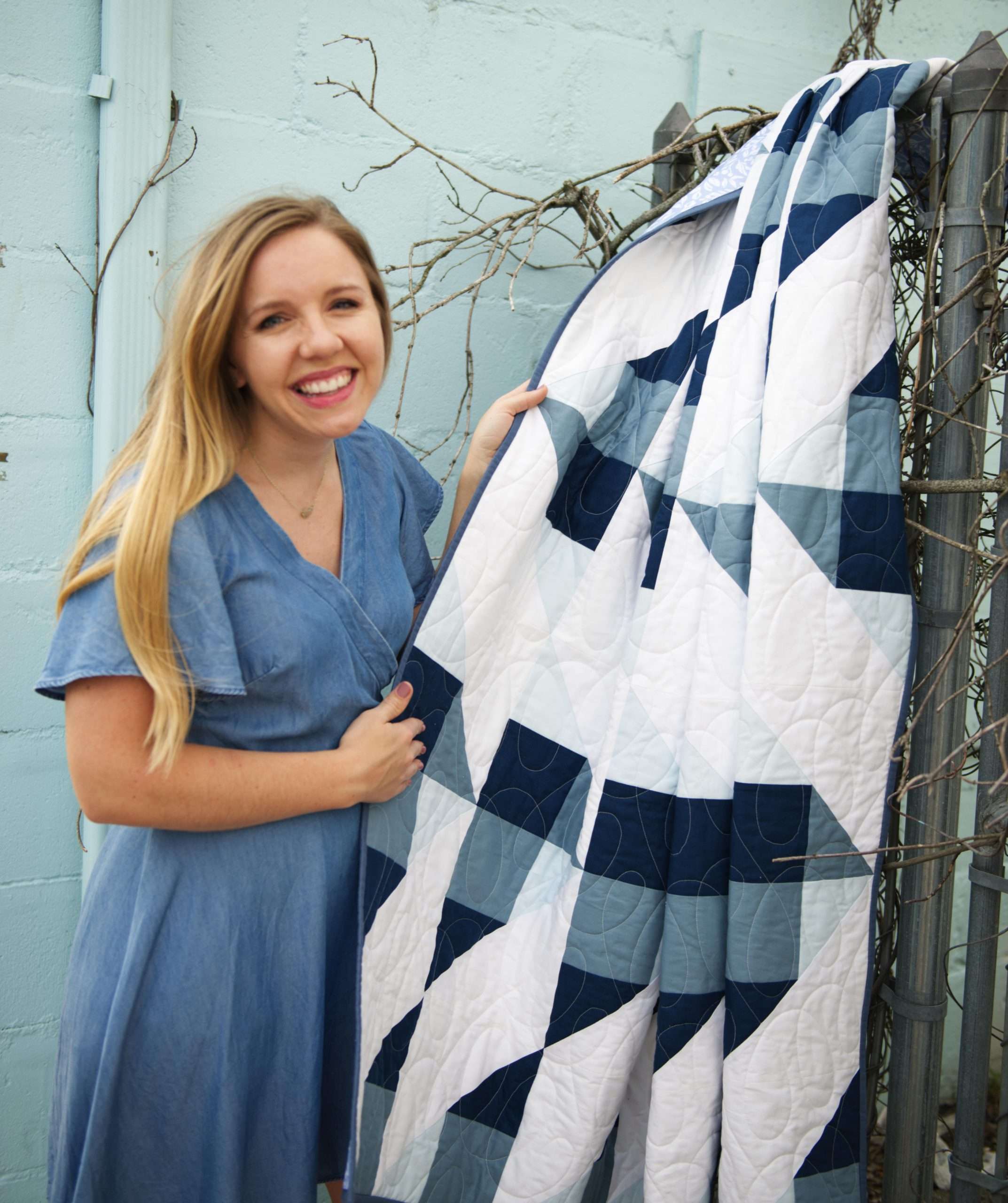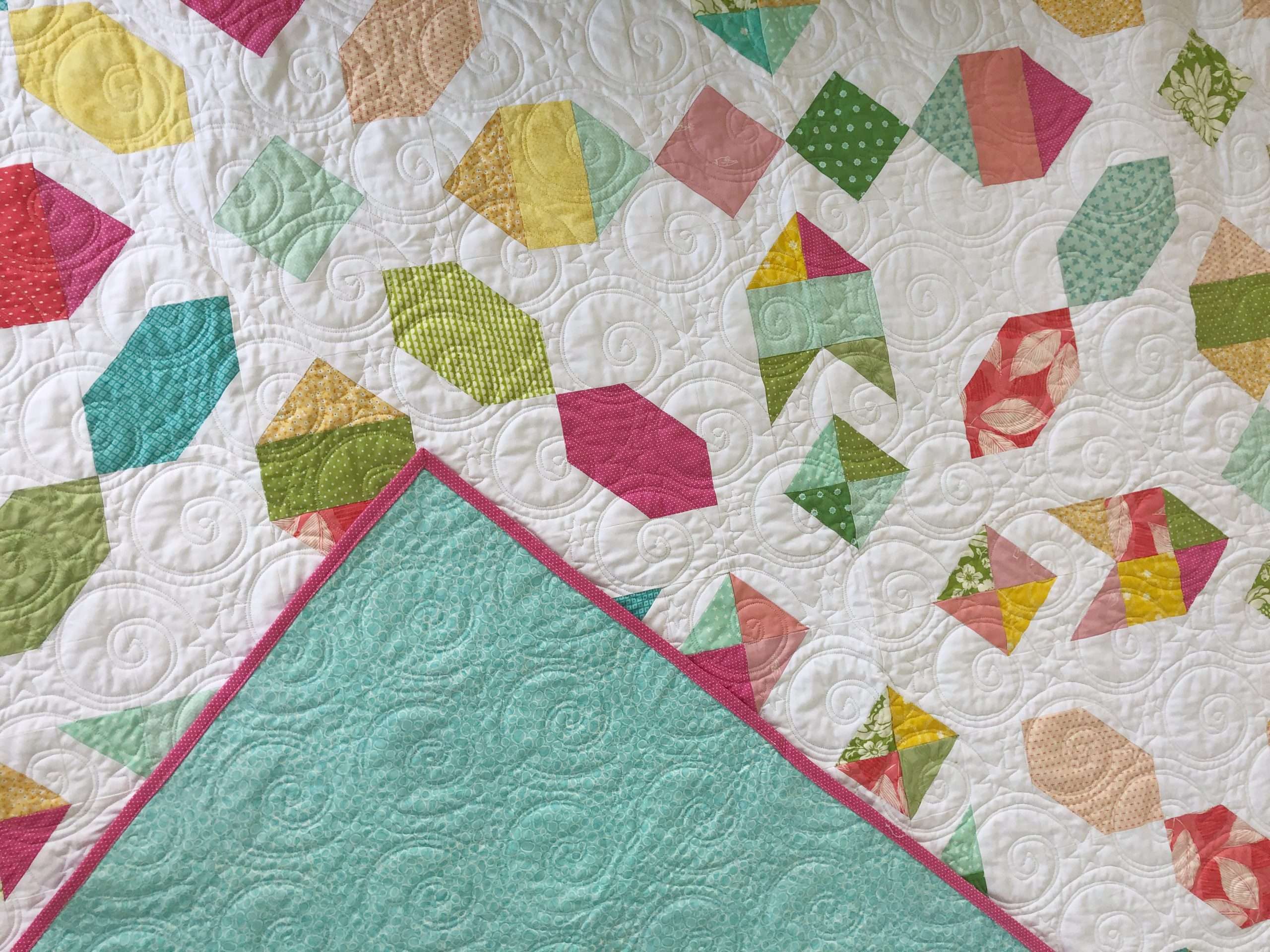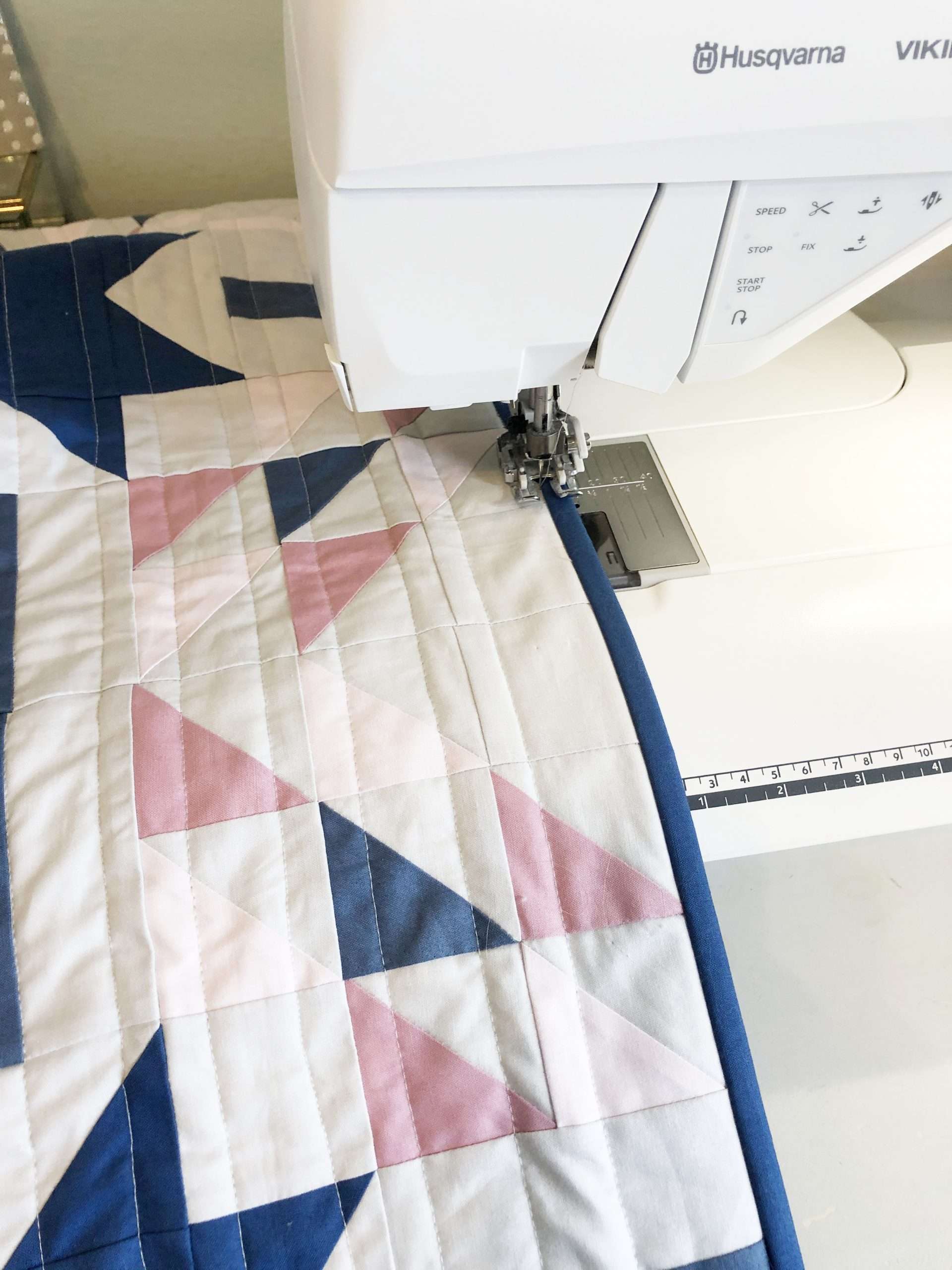Quilt Use, Care and Storage Tips
How to Care for a Quilt
Around the world, quilts are cherished heirlooms and handmade treasures that are often handmade and passed down to friends and family for generations! But they also require proper care to ensure their longevity and beauty. Whether you’ve created a quilt yourself or received one as a precious gift, understanding the best practices for cleaning and storing your quilt is essential. In this article, we will explore the top tips for caring for your quilt, including how to wash it without causing damage and the most effective ways to store it to maintain its quality for years to come.
You don’t want to miss out on these essential tips for taking care of your quilt. This guide for washing and storing quilts will share some best practices for getting the most out of your cherished quilts!
In this video and quilt care tutorial I over three main topics:
- Tips for proper use of a quilt for longevity
- How to wash and dry a quilt
- Best practices for quilt storage
Balancing Use and Care for Quilts
Here’s your official unofficial guide to taking care of quilts so they can share warmth and love for many many years to come! I wholeheartedly believe that quilts should be USED and loved. But, for the most longevity for a quilt, here are some common pieces of advice you may want to consider adopting. Most of these apply more for museum or show quilts, rather than the ones we use daily in our homes. Take what suits you and your desires and feel free to leave the rest!
Common Quilt Care Instructions
- Avoid eating or drinking near your quilt to prevent accidental spills and stains. If something does get spilled, spot clean or wash the quilt right away to prevent it from staining.
- Keep pets away from the quilt to minimize the risk of damage caused by pet hair, claws, or accidents.
- Limit exposure to direct sunlight, as it can cause fading and discoloration over time.
- Handle your quilt with clean hands to prevent transferring oils, dirt, or lotions onto the fabric.
Disclaimer: I personally do not take all of these to heart, but I thought I would share just in case you might want to know the official “best practice”.

Washing Your Quilts
Cleaning your quilt, especially if it is an heirloom, is a delicate process that requires special attention to preserve its fibers and stitching. Follow these steps for safe and effective quilt washing.
- If the quilt has never been washed before, you should wash it with Color Catchers to absorb any excess dyes that could escape from the fabrics.
- Check for any loose threads or areas that need repair before washing to prevent further damage.
- If the quilt is relatively new and doesn’t require extensive cleaning, spot cleaning may be sufficient. Gently dab the stained area with a mild detergent or a fabric cleaner suitable for delicate fabrics. Rinse thoroughly and air dry. I personally like to tumble dry until it is about half-dried and then let it air dry.
- For more extensive cleaning, it’s best to hand wash the quilt. Fill a bathtub or a large basin with lukewarm water and a gentle detergent specifically formulated for delicate fabrics. Submerge the quilt and gently agitate the water, avoiding excessive wringing or twisting. Rinse thoroughly until the water runs clear.
- To dry your quilt, carefully lift it from the water, supporting its weight with your hands or a clean bedsheet. Lay the quilt flat on a clean surface, preferably on a large towel or drying rack, and allow it to air dry. Avoid hanging the quilt, as this can distort its shape and strain the fabric.

Tips for Quilt Storage
Proper storage plays a vital role in preserving the quality and longevity of your quilt. Follow these guidelines to ensure optimal storage conditions:
- Clean the quilt before storing to prevent stains, dust, and pests from becoming embedded in the fabric over time.
- Choose a storage location that is cool, dry, and well-ventilated, away from direct sunlight, humidity, and extreme temperature fluctuations.
- Fold the quilt gently to avoid excessive creasing. If possible, place acid-free tissue paper or a clean cotton sheet between folds to protect the fabric.
- Avoid storing your quilt in plastic bags or bins, as they can trap moisture and promote the growth of mold and mildew. Instead, use a breathable fabric storage bag or wrap the quilt in a clean cotton sheet. If you are storing in plastic, you can add in a silica packet to absorb any moisture.
- Periodically inspect your quilt while in storage to ensure it remains in good condition. Refold it along different lines to minimize stress on the fabric and stitching.
Quilts that are not in use should be stored in a clean, dry space away from sunlight. This might be a closet, chest, or curio cabinet.

Bonus: Tips for Folding a Quilt for Storage
When it comes to folding a quilt for storage, the goal is to minimize creasing and stress on the fabric and stitching. Here’s a step-by-step guide on the best way to fold a quilt:
- Start with a clean and dry quilt: Ensure that your quilt is clean and completely dry before proceeding with the folding process. This helps prevent any moisture or stains from setting in during storage.
- Find a clean and spacious area: Select a clean, flat surface large enough to accommodate the size of your quilt without any obstructions. A bed or a clean floor works well for this purpose.
- Smooth out the quilt: Lay the quilt flat on the surface, smoothing out any wrinkles or unevenness. Smooth the fabric gently with your hands or use a clean, soft cloth to press it lightly.
- Identify a folding pattern: Decide on a folding pattern that suits your quilt’s size and shape. One common method is to fold the quilt in thirds lengthwise and then fold it in half or thirds horizontally. This creates a rectangular shape that is easy to store.
- Begin folding: Start by folding one side of the quilt towards the center, approximately one-third of the width. Smooth out any wrinkles as you fold. Next, fold the other side in the same manner, overlapping the previous fold slightly at the center.
- Continue folding: Once you have folded the sides, fold the bottom of the quilt up towards the top, again approximately one-third of the length. Smooth out any wrinkles and align the edges as you fold. Finally, fold the top down over the previous fold, overlapping slightly at the center.
- Use acid-free tissue paper or clean cotton sheets: To further protect your quilt during storage, place acid-free tissue paper or a clean cotton sheet between the folds. This helps prevent direct contact between the fabric layers, reducing the risk of creasing and color transfer. Avoid using colored tissue paper or dyed fabrics that may bleed onto the quilt.
- Store in a breathable fabric storage bag or wrap in a clean cotton sheet: Once folded, place the quilt in a breathable fabric storage bag, such as a cotton or muslin bag, to protect it from dust and light exposure. Alternatively, you can wrap the folded quilt in a clean cotton sheet. Avoid using plastic bags, as they can trap moisture and potentially damage the fabric.
Remember to store your quilt in a cool, dry, and well-ventilated area away from direct sunlight, humidity, and extreme temperature fluctuations.
By following these folding guidelines and implementing proper storage practices, you can help maintain the condition and longevity of your quilt while keeping it readily accessible for future use or display.

Quilt Care 101
Caring for your quilt involves a combination of regular maintenance, proper washing techniques, and thoughtful storage practices. By implementing these guidelines, you can preserve the beauty and integrity of your quilt for generations to come. Remember, a well-cared-for quilt is not only a testament to the artistry and craftsmanship that went into its creation but also a source of warmth and comfort for years to come.
Shop Modern Quilt Patterns by Homemade Emily Jane:
-

-
 Sail Quilt Pattern (Paper)$12.00
Sail Quilt Pattern (Paper)$12.00 -

-
 Cirrus Quilt Pattern (Paper)$12.00
Cirrus Quilt Pattern (Paper)$12.00 -

-













